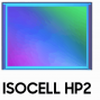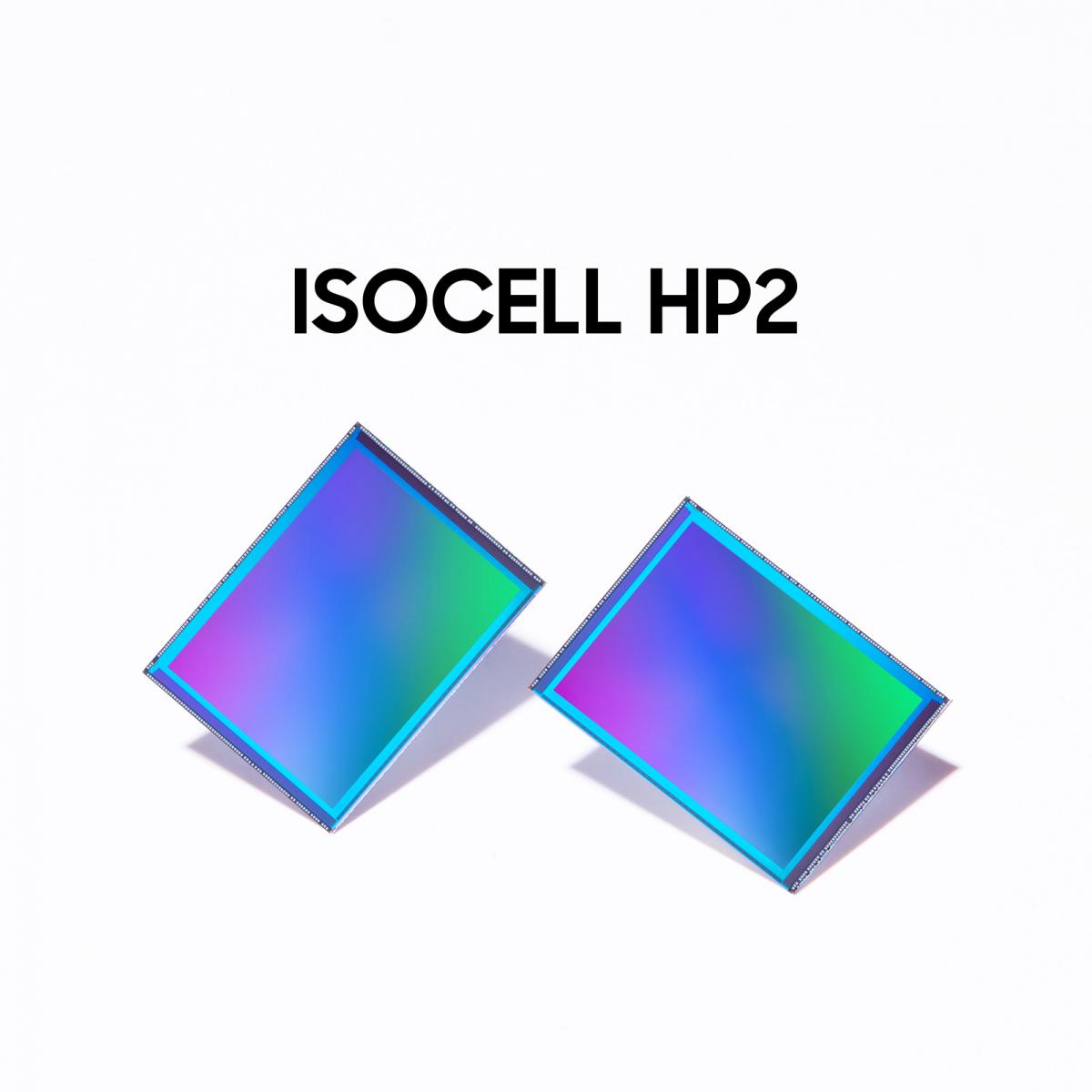Samsung ISOCELL HP2 boosts capacity for maximum pixel performance, allowing for detailed and seamless photos in any light condition.
Samsung Electronics today introduced its latest 200-megapixel (MP) image sensor, the ISOCELL HP2, with improved pixel technology and full-well capacity for stunning mobile images in tomorrow’s premium smartphones.
“The Samsung ISOCELL HP2 harnesses Samsung’s high-resolution image sensor technologies and know-how at the cutting edge for epic details,” said JoonSeo Yim, Executive Vice President of Sensor Business Team at Samsung Electronics. “Our leadership comes from innovative pixel technologies that allow our sensors to go beyond the number and size of pixels. We will continue to open new horizons and solidify our presence in the expanding ultra-high-resolution sensor market.”
The ISOCELL HP2 packs 200-million 0.6-micrometer (μm) pixels in a 1/1.3” optical format, a sensor size that is widely used in 108MP main smartphone cameras. This enables consumers to enjoy even higher resolutions in the latest high-end smartphones without larger camera bumps in their devices.
With Samsung’s advanced pixel-binning technology, Tetra2pixel, the HP2 adds more versatility to the camera as it simulates different pixel sizes to accommodate varying lighting levels. When in low-lit environments, the sensor transforms either into a 1.2μm 50MP or 2.4μm 12.5MP image sensor by binding four to 16 neighboring pixels. For fuller 8K video, approximately at 33MP, the HP2 switches to 1.2μm 50MP mode to minimize cropping and capture more of the scene. Filming 8K at 30 frames-per-second (fps), a wide field of view along with bigger pixel size can produce sharp cinematic videos.
Washed out pictures from brightly lit environments can be significantly reduced with the HP2, thanks to Samsung’s new Dual Vertical Transfer Gate (D-VTG) technology. In a photo diode within each pixel, a voltage transfer gate is placed on the bottom to transport electrons from the pixels to the logic layer. With high precision, D-VTG adds a second transfer gate in the pixel, boosting the pixel’s full-well capacity by more than 33 percent. With more electrons stored and efficient signal transfers, this method can reduce overexposure and enhance color reproduction, especially in bright light conditions.
In low-lit settings, the HP2’s auto-focusing is taken to the next level with Super QPD, which allows the sensor to use all its 200-million pixels for focusing agents. The ample amount of focusing agents are grouped by four adjacent pixels to recognize both horizontal and vertical pattern changes that delivers faster and more accurate auto-focusing. Utilizing the rich pattern data along with the sheer number of reference points, the new sensor is capable of fast auto-focusing, even in a dimly lit environment.
For superb HDR performance, Samsung is introducing the DSG feature for the first time in 50MP mode which applies two separate conversion values to the analog signal received at the pixel level. In addition, the Smart-ISO Pro, an HDR solution that merges different levels of ISO readouts from a single exposure, allows the camera to take 12.5MP images and 4K at 60fps video in HDR.
The Samsung ISOCELL HP2 has entered mass production.


